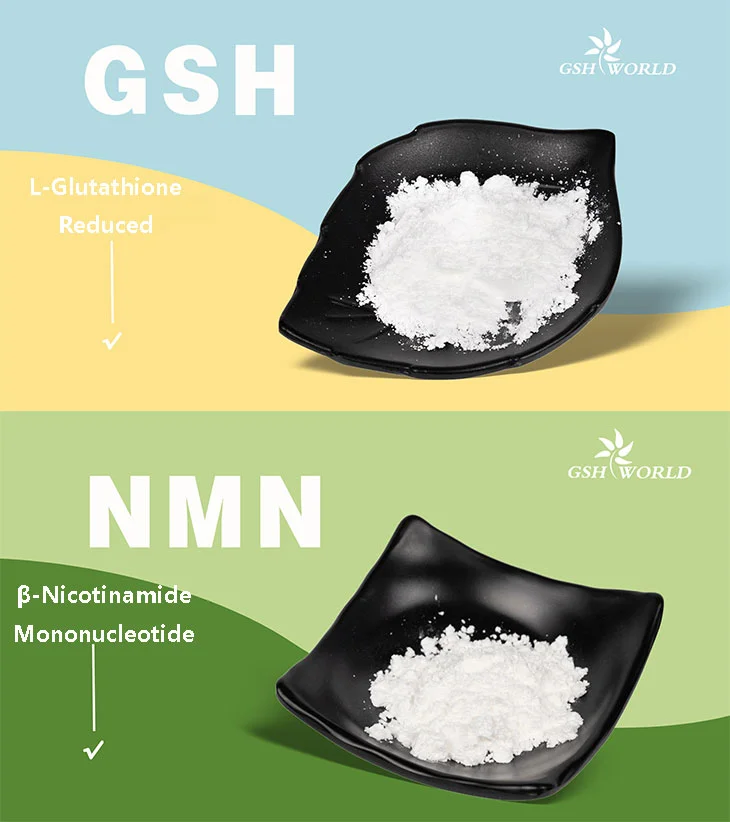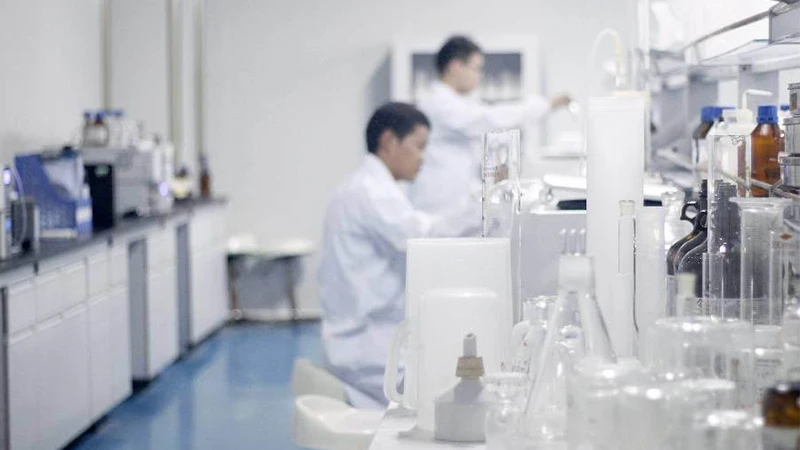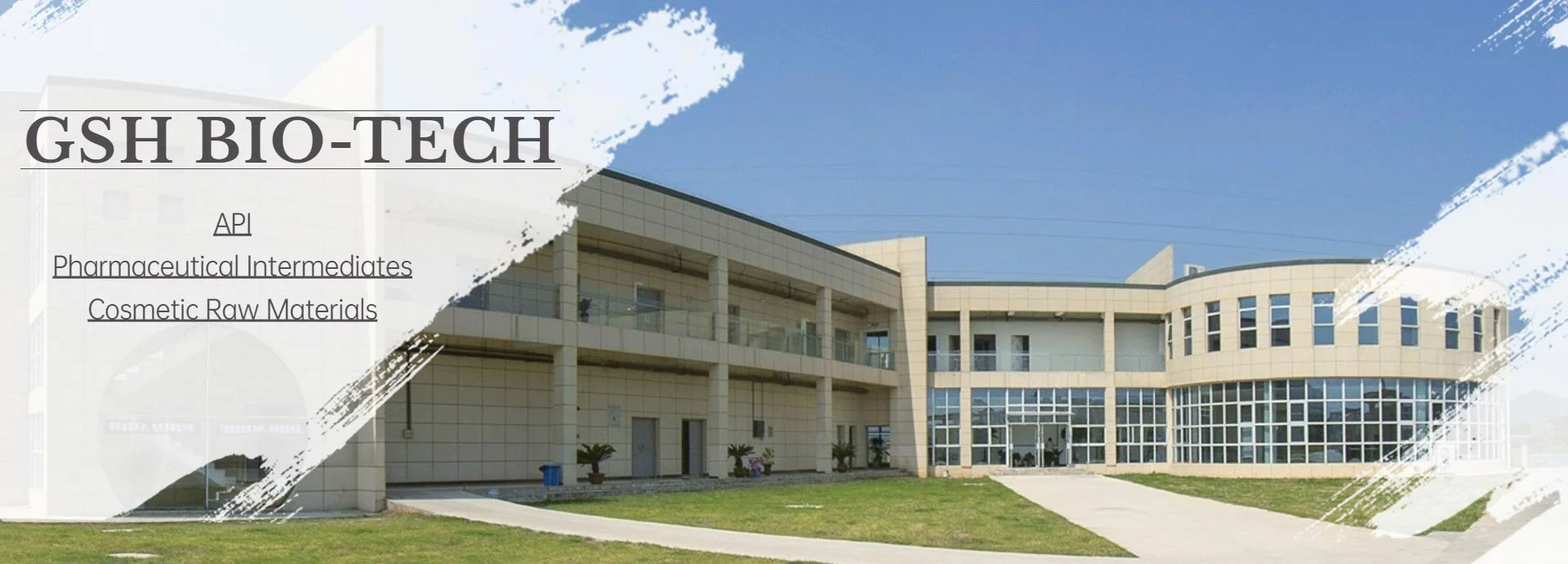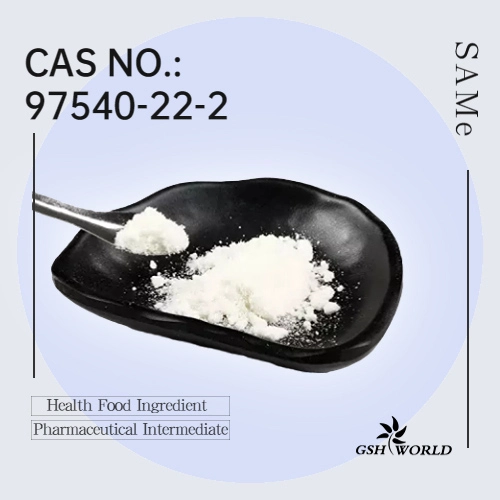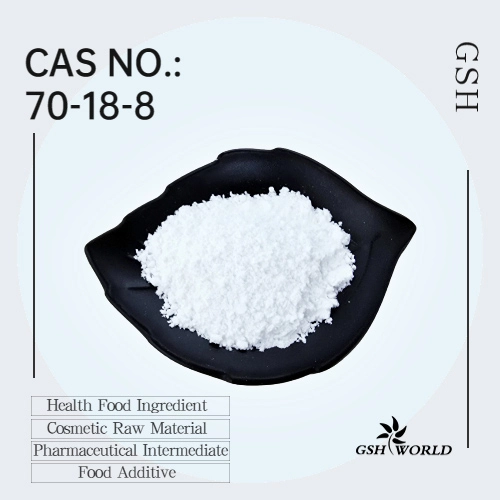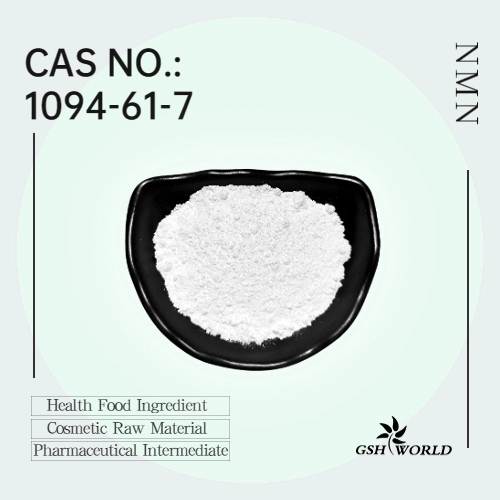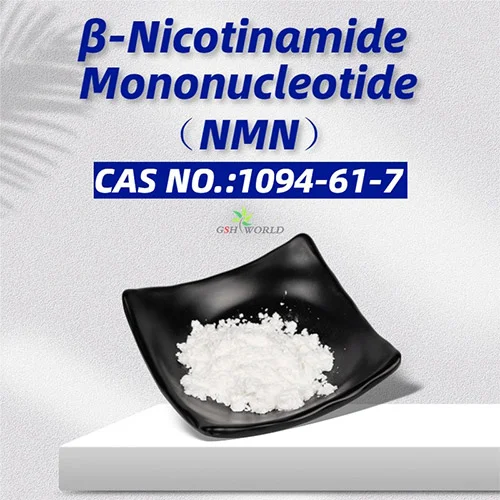What are the applications of adenosylmethionine?
The liver is located just below the diaphragm on the right side of the human abdomen. It is an important metabolic and detoxifying organ of the human body. Traditional Chinese medicine even calls it the "official of the general", which fully illustrates its "leading" status.
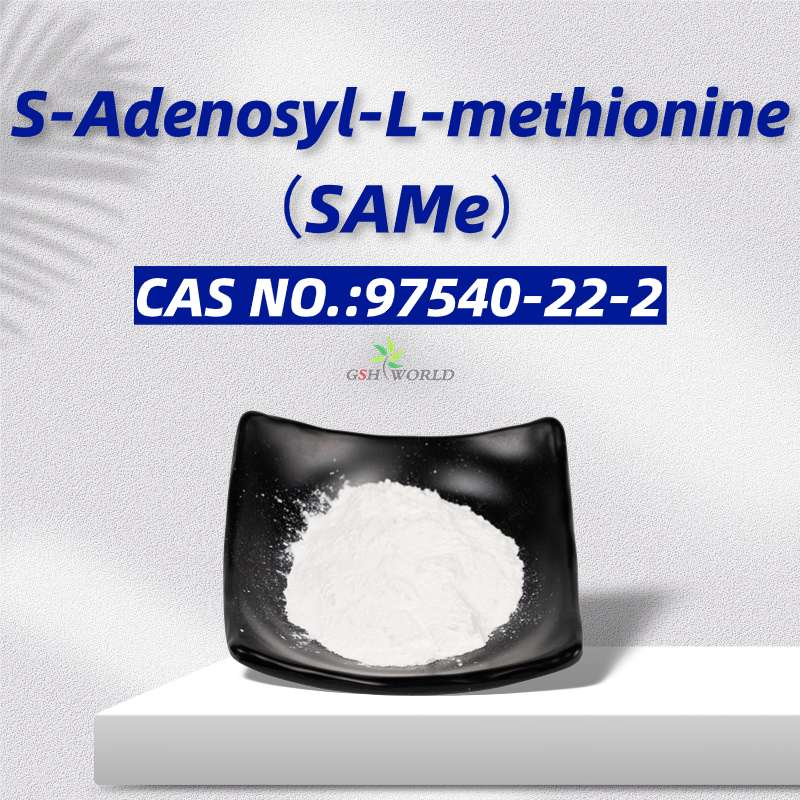
1. Metabolic function
The various nutrients we take in every day are initially digested and absorbed by the gastrointestinal tract and then sent to the liver for decomposition. They are then synthesized into proteins, fats and energy substances in the liver according to the needs of the body. If there is a problem with the liver, the body's source of nutrients will be "cut off."
2. Detoxification function
Toxic substances from outside or produced by metabolism in the body must be detoxified in the liver and then excreted from the body with bile or urine.
3. Secretory function
Bile is continuously secreted by liver cells. During the non-digestive period, the bile secreted by the liver is mainly stored in the gallbladder. After eating, food and digestive juices can stimulate the gallbladder to contract and discharge the bile stored in the gallbladder into the duodenum, helping Digestion and absorption of fat.
4. Adjustment function
The liver weighs an average of 1.5 kilograms, has a large blood flow, and plays a certain role in regulating blood volume. The liver can divert some blood when other vital organs are ischemic.
5. Immune function
The liver contains more macrophages, Kupffer cells, lymphocytes, etc., so it has a certain role in preventing diseases.
Drug-induced liver injury is a major non-infectious liver disease and is increasingly becoming a "silent killer" threatening human health.
Adenosylmethionine, also known as S-adenosyl-L-methionine, is a physiologically active molecule commonly found in human tissues and body fluids.
Adenosylmethionine initiates at least three important metabolic pathways in the body:
1) Methylation:
As the main source of methyl groups in the body, it participates in the synthesis of phosphatidylcholine, maintains the activity of the sodium-potassium pump in the cell membrane, and regulates the fluidity of the cell membrane;
2) Transsulfuration:
S-adenosyl-L-methionine forms S-adenosylhomocysteine (SAH), which is then converted into homocysteine (Hcy). Homocysteine can be converted into cysteine. thioether, and then converted into cysteine and sulfate (SO4) to provide other metabolic intermediates, playing a detoxifying and antioxidant role;
3) Aminopropylation:
Adenosylmethionine plays an important role in the synthesis of polyamines , ultimately forming and recycling methionine to promote normal stem cell regeneration.
In 1993, adenosylmethionine was first used in Italy to treat cirrhosis, cholestasis and other diseases. SAM has been used in large amounts for a long time without serious adverse reactions, and it has become a common ingredient in cholestatic liver disease.
*Special note - This article is for informational purposes only and cannot replace a doctor's treatment diagnosis and advice. It should not be regarded as a recommendation or proof of efficacy of the medical products involved. If it involves disease diagnosis, treatment, and rehabilitation, please be sure to go to a professional medical institution to seek professional advice.
PREVIOUS: How to apply PQQ?
NEXT: Is NMN useful for fat?
by GSHWORLD
GSHWORLD is China Biological API Manufacturer. China adenosylmethionine Supplements powder suppliers & best adenosylmethionine benefits raw material Factory.


